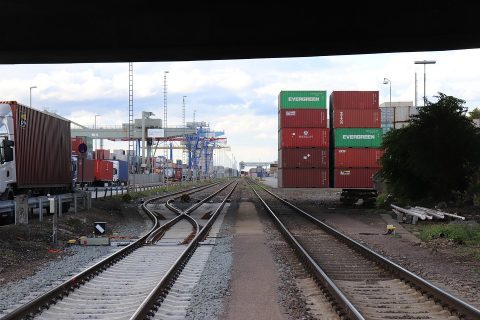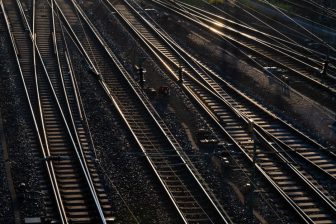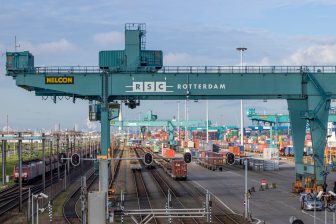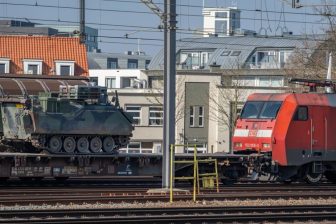
Major step forward to wider road charging regime
The European Parliament has approved the vast majority of amendments enabling a wider charging regime for road vehicles. For the rail industry, the changes indicate a step forward to a level playing field and a more competitive position for rail.
The Parliament approved amendments to Directive 1999/62/EC, following the proposal of the European Commission’s on 31 May 2017. The amendments had been adopted by the TRAN Committee back in May, and are now to be considered by the Council, which will then hold trilogue negotiations with the Parliament.
User and polluter pays
The Community of European Railway and Infrastructure Companies (CER) welcomes the vote as it represents “a good development of the Commission proposal towards wider application of the user- and polluter-pays principles”.
“On user-pays, time-based charging for trucks and buses would be phased out by 2021 and replaced by distance-based charging. On polluter-pays, the introduction of minimum charging values, mandatory for trucks and buses from 2021, would not only help protect the environment for society but also lead to improved fairness regarding intermodal competition of road transport with cleaner modes”, CER explained.
Cost coverage
Currently, charges in the form of vignettes or tolls are only applied to trucks on about 20-25 per cent of motorways and main roads in in Europe. In some countries these charges do not apply to vehicles below 7.5 or 12 tonnes. As such, trucks pay, through taxes and tolls, around 70-90 per cent of their total infrastructure and external costs and if taking into account all roads in Europe, cost coverage is 30 per cent on average.
In contrast, the railway sector pays distance-based charges everywhere in the EU, covering at least the direct cost of infrastructure use, plus often a mark-up, CER noted. “An efficient European transport sector requires fair competition between modes, with proper charging both for externalities and infrastructure.”
Long awaited
CER Executive Director Libor Lochman commented: “With this vote, the EU Parliament confirms a strong will to redress current regulatory imbalances, which have held back rail’s development for too long.” According to the interest group, the 2011 Transport White Paper dictated full and mandatory internalisation of external costs for the road sector by 2020, and it regrets that the Commission’s proposal falls short of this ambition.
“Fair intermodal competition would help a modal shift to rail, benefitting citizens and the environment and helping achieve major EU policy objectives, e.g. the 40 per cent reduction of greenhouse gas emissions between 1990 and 2030.”





